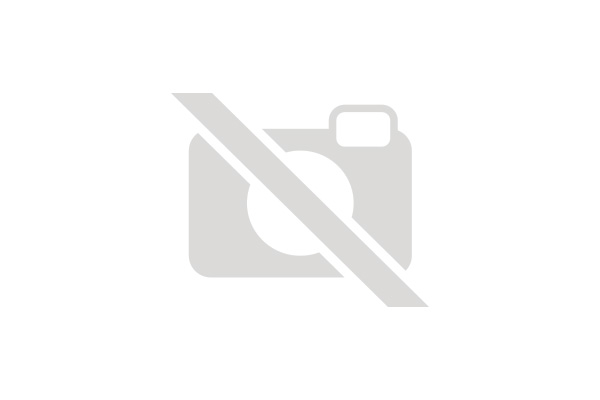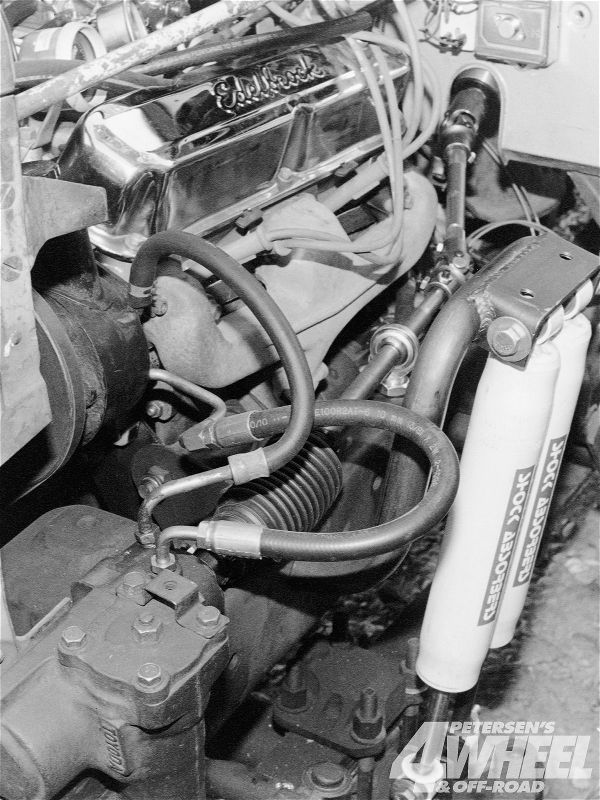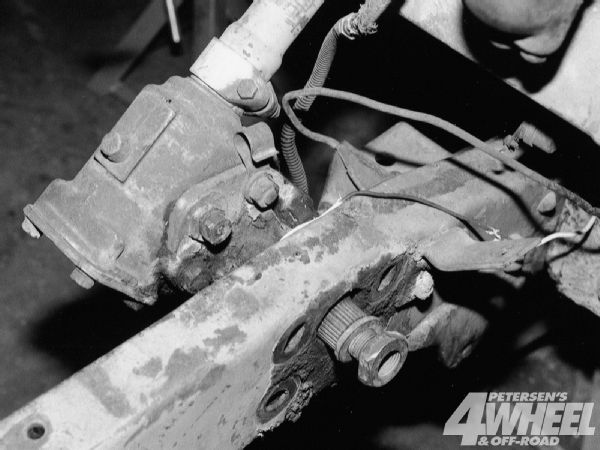
When it comes to building up our 4x4s, we are famous for trying to squeeze 5 pounds of, uh, fertilizer into a 3-pound bag. We think nothing of shoehorning a big V-8 into a downsize pickup or an old Jeep. We buy an old pickup that never had power anything and gleefully start swapping in power everything-steering, brakes, air conditioning, the works. It's a great challenge, and hopefully in the end the result is a unique, head-turning 4x4 that'll take us anywhere, anytime in comfort and safety. However, you'll be going places you'd rather avoid if your steering doesn't work correctly. And the habit of stuffing big engines into little spaces can lead to interesting problems with steering linkages, especially if the project includes an axle swap, a power-steering add-on, or both.

To help you find trick steering solutions that might arise in any shoehorn buildup, let's take a look at how Alvin Sessions of Rocky Mountain Off Road Specialties solved similar problems on a World War II military Dodge with a modern Mopar 360 V-8.
 As in many older trucks, the Old Dodge's original armstrong manual steering box mounted inside the frame about a foot in front of the firewall. That left plenty of clearance for the skinny old flathead six, but not nearly enough for the pudgy Mopar 360. Besides, a power-steering conversion was in the plans. What box and linkage should be used?
PhotosView Slideshow
As in many older trucks, the Old Dodge's original armstrong manual steering box mounted inside the frame about a foot in front of the firewall. That left plenty of clearance for the skinny old flathead six, but not nearly enough for the pudgy Mopar 360. Besides, a power-steering conversion was in the plans. What box and linkage should be used?
PhotosView Slideshow

















